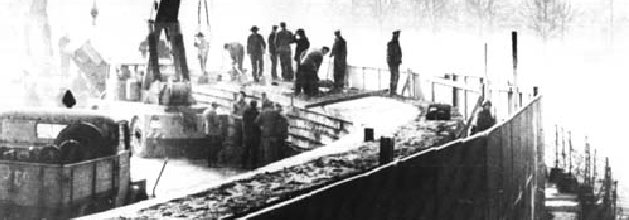Here are links for 21 October 2009 concerning that very important moment in German History (and world history), the fall of the Berlin Wall.
If you missed them, consider reviewing other recent entries containing Berlin Wall / GDR links. And don’t forget the Berlin Wall Resources page.
- Advertising Age magazine has caught on to the marketing successes of Ostalgie. Snippet:
When the wall came down, East Germans flocked to buy the famous brand names they had been denied for so long. Consumer preferences changed overnight, but 20 years later many of its former citizens once again crave the comfort of the goods they grew up with, and are proud of the quality and value they represent. As a result, there’s a renewed interest in Communist-era products from sneakers to coffee to face cream.
(Ostalgie is a term that has come about since the Fall of the Wall; it’s a play on the German words for “east” (“Ost“) and “nostalgia” (“Nostalgie“), so: nostalgia for the way things were in the East.)
- At Juraforum.de, a German online forum concerning law and legal issues, appears a notice that a German historian is researching kidnappings carried out by the Stasi (Ministry for State Security of the GDR). Snippet:
A faked telegram from a sick relative, knockout drops in a glass of beer or simply brute force – the methods used by the East German secret police, the “Stasi”, were varied and imaginative when it came to kidnapping opponents and critics of the East German regime in West Germany and putting them on trial in the GDR. Historian Susanne Muhle (29) has found over 400 cases in the files of the Birthler Agency (named after Marianne Birthler, who heads the agency that oversees the archives holding millions of files collected by Stasi) as well as in those held by other authorities.
Today’s video is, I assume, a home-made product, and a good one at that. It features the Scorpions’ hit song “Wind of Change”. (Check out the link for that song if you’re not familiar with its history.)
So turn up the volume, sit back and enjoy:












